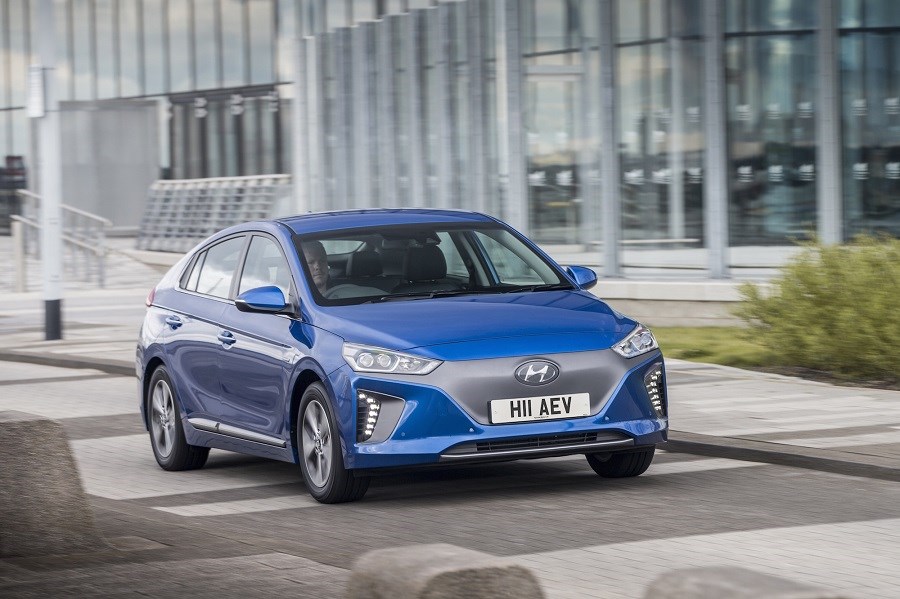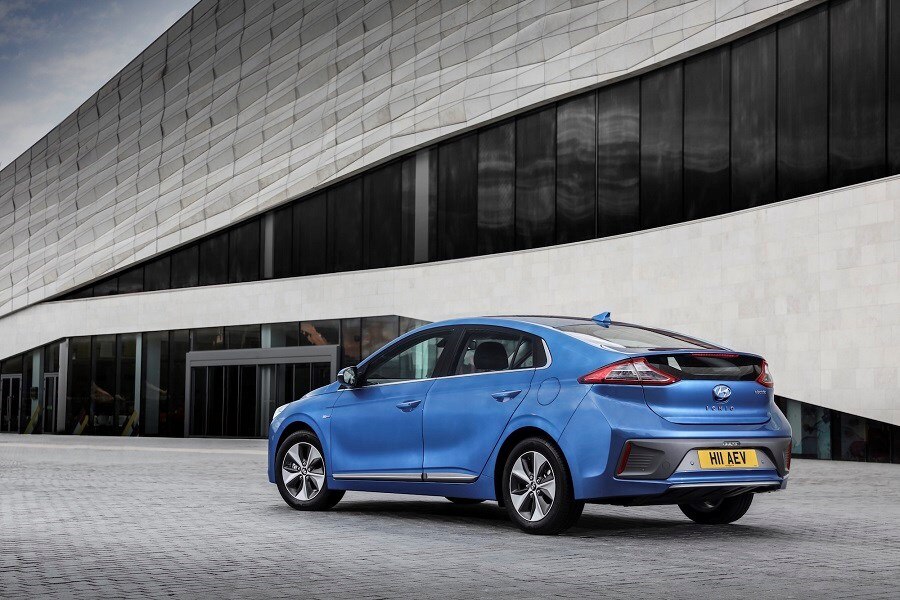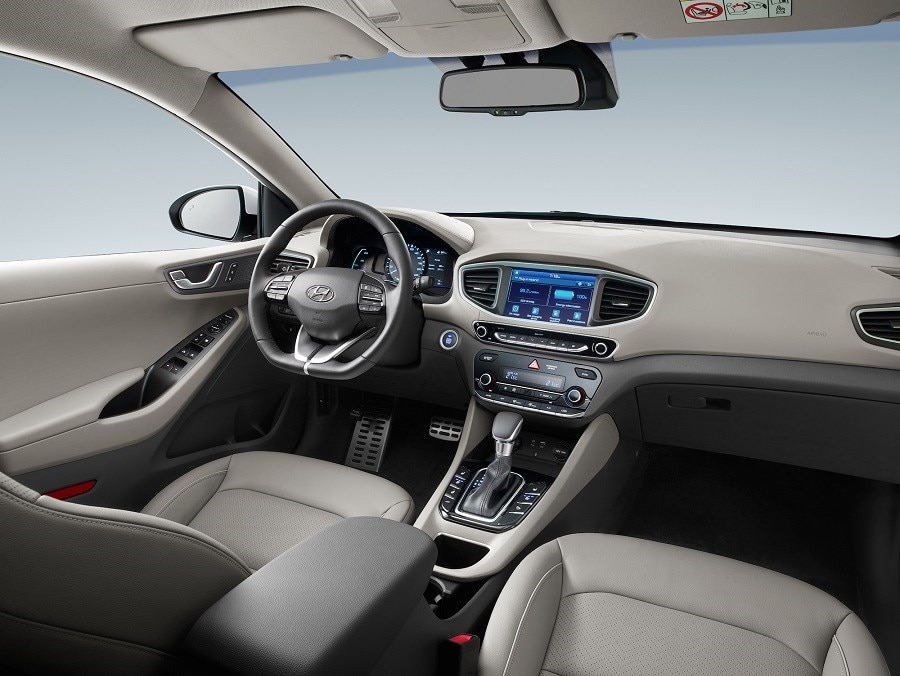Latest model
No updates have yet been made to the Ioniq, with the model only being on sale for two years at the time of writing.
In that time, though, the Ioniq has scooped a host of awards – including the ‘Best Green Car’ title at the BusinessCar Awards, as well as the ‘Best-Road-Tax-Exempt-Car’ prize at the Carbuyer awards.
Value for money
Including the government’s £3,500 grant towards pure-electric models, The Ioniq is priced from £26,745 for Premium trim, and £28,545 for the top-spec Premium SE. Compared to similarly-powered conventional hatchbacks, it’s quite an expensive proposition, even when you consider the savings on road tax and fuel costs. That said, it’s far more affordable than past EVs have been, and it’s very similar in price to the Toyota Prius and Nissan Leaf.
On the plus side, standard equipment is excellent. Front and rear LED lights, an eight-inch touchscreen with satellite navigation and wireless charging , to name but a few, are included for the base price along with an impressive host of safety features. This generous equipment does at least help to justify the Ioniq Electric’s list price.
But despite its high list price, used values are affordable. The cheapest Ioniq Electrics start from around £20,000 while we saw a nearly-new model with just 1,000 miles on the clock for £21,500, which is excellent value. It seems that looking at nearly-new and pre-registered versions is the way forward with the Ioniq.
Looks and image
The sleek shape of the Ioniq isn’t just there for show, as it helps the model to be more efficient with its petrol or electric, while air flow channels are dotted around the exterior to help reduce drag even further. It’s not a particularly stylish model—some have criticised it for being too conservative—but it’s an inoffensive-looking model. Copper accents and a smoothed front grille differentiate the electric version from the hybrid variant.
Moving to the interior, it’s pretty forgettable with its rather uninspiring design, although it’s very functional – which is the most important thing. The central eight-inch touchscreen is simple to use, and includes features such as Apple CarPlay and Android Auto smartphone connectivity and sat-nav. The layout is also excellent, with not too many buttons, and on the whole it feels well-built with plenty of soft-touch materials. Copper interior accents also help to add a bit of extra colour and distract your eyes away from what would otherwise be a sea of grey.
As with most electrified models, they’re actually quite decent to drive thanks to the torque produced from the electric motor. The Ioniq is no different, and while its 28kWh battery back isn’t the biggest out there (producing just 118bhp) the performance figures make it seem quicker than that. A 0-60mph sprint time of 9.7 seconds and top speed of 103mph at least give the Ioniq a bit of pulling power, and it certainly helps when overtaking. The Ioniq features regenerative braking, which you can control with the steering wheel-mounted paddles, helping to recoup energy when braking. You can adjust this depending on how much you want it to do this, but it’s worth leaving on as braking from 70mph to a near-standstill can add a couple of miles onto the range, which is useful. It’s not a sporty number, but the Ioniq is a comfortable and relaxed car that rewards careful driving.





